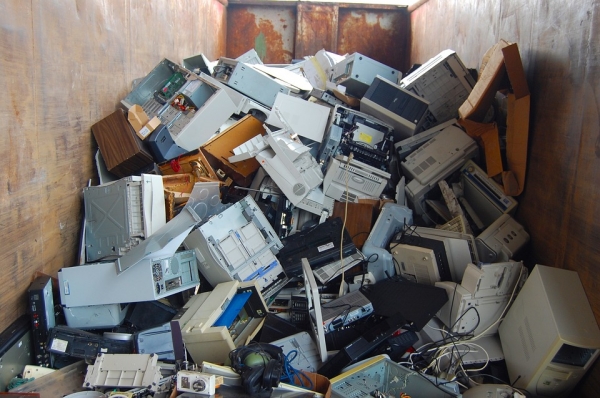A Cornell-led research team has developed a method for extracting gold from electronics waste, then using the recovered precious metal as a catalyst for converting carbon dioxide (CO2), a greenhouse gas, to organic materials.
The method could provide a sustainable use for some of the approximately 50 million tons of e-waste discarded each year, only 20% of which is recycled, according to Amin Zadehnazari, a postdoctoral researcher in the lab of Alireza Abbaspourrad, the Yongkeun Joh Associate Professor of Food Chemistry and Ingredient Technology in the College of Agriculture and Life Sciences.
Zadehnazari synthesized a pair of vinyl-linked covalent organic frameworks (VCOFs) to remove gold ions and nanoparticles from circuit boards in discarded electronic devices. One of his VCOFs was shown to selectively capture 99.9% of the gold and very little of other metals, including nickel and copper, from the devices.
“We can then use the gold-loaded COFs to convert CO2 into useful chemicals,” Zadehnazari said. “By transforming CO2 into value-added materials, we not only reduce waste disposal demands, we also provide both environmental and practical benefits. It’s kind of a win-win for the environment.”
Read more at Cornell University
Photo: dokumol via Pixabay
Sci/Tech Top Stories
